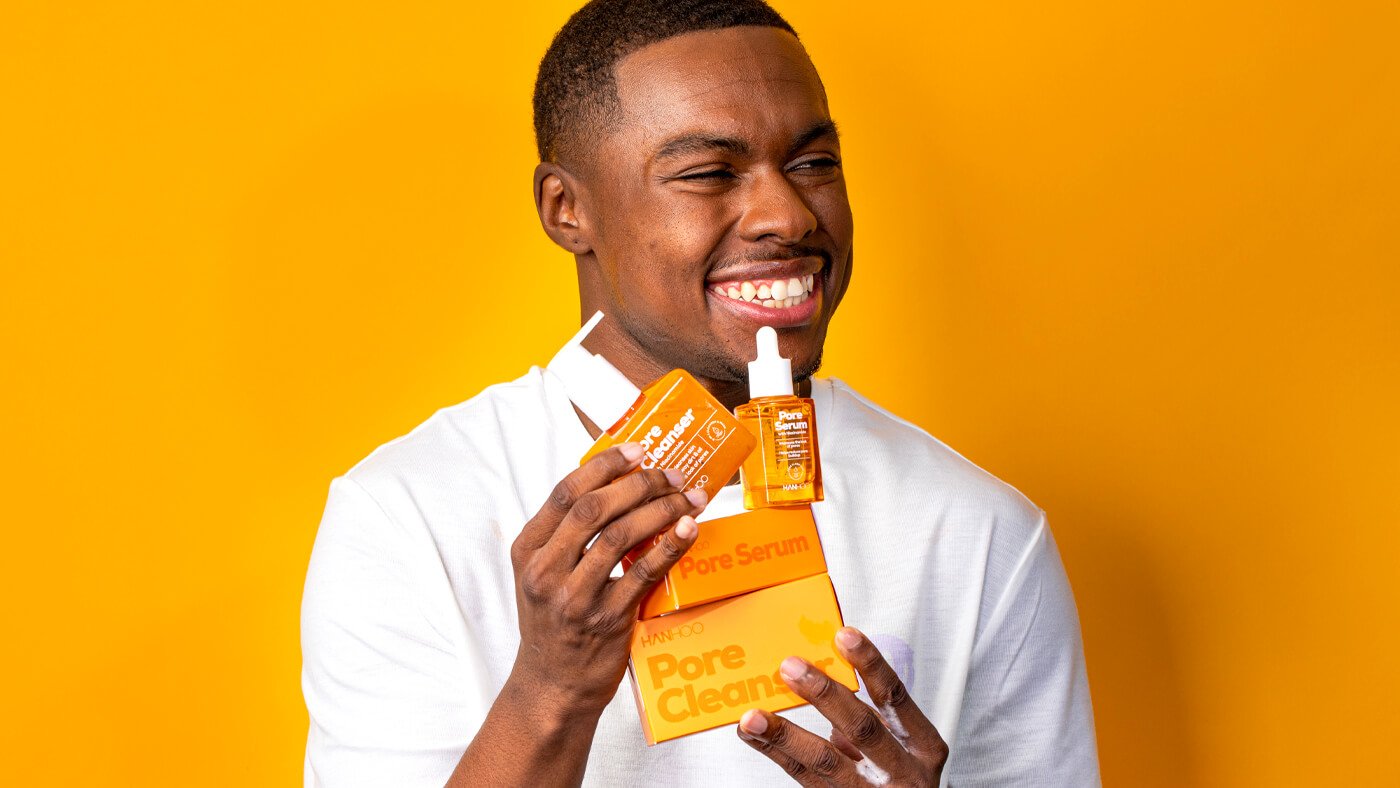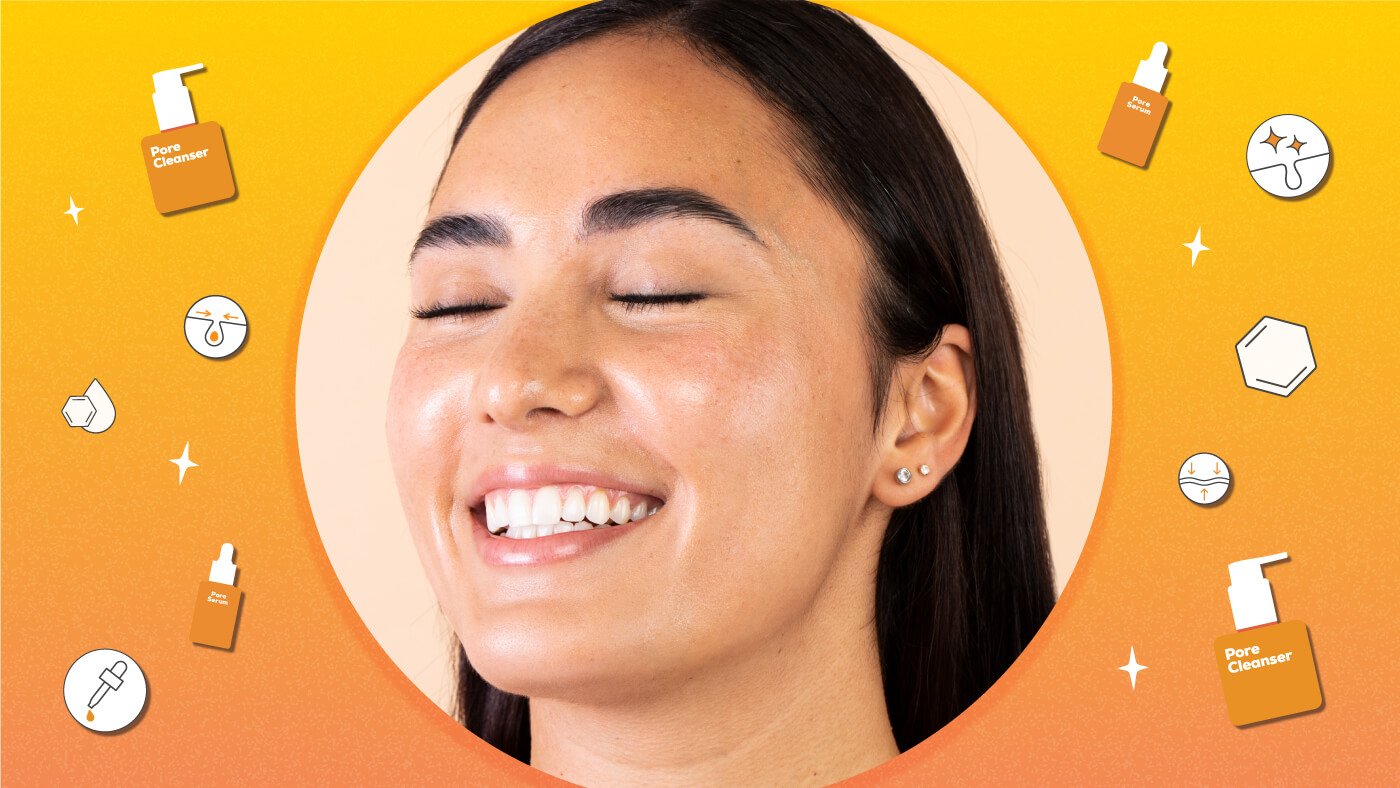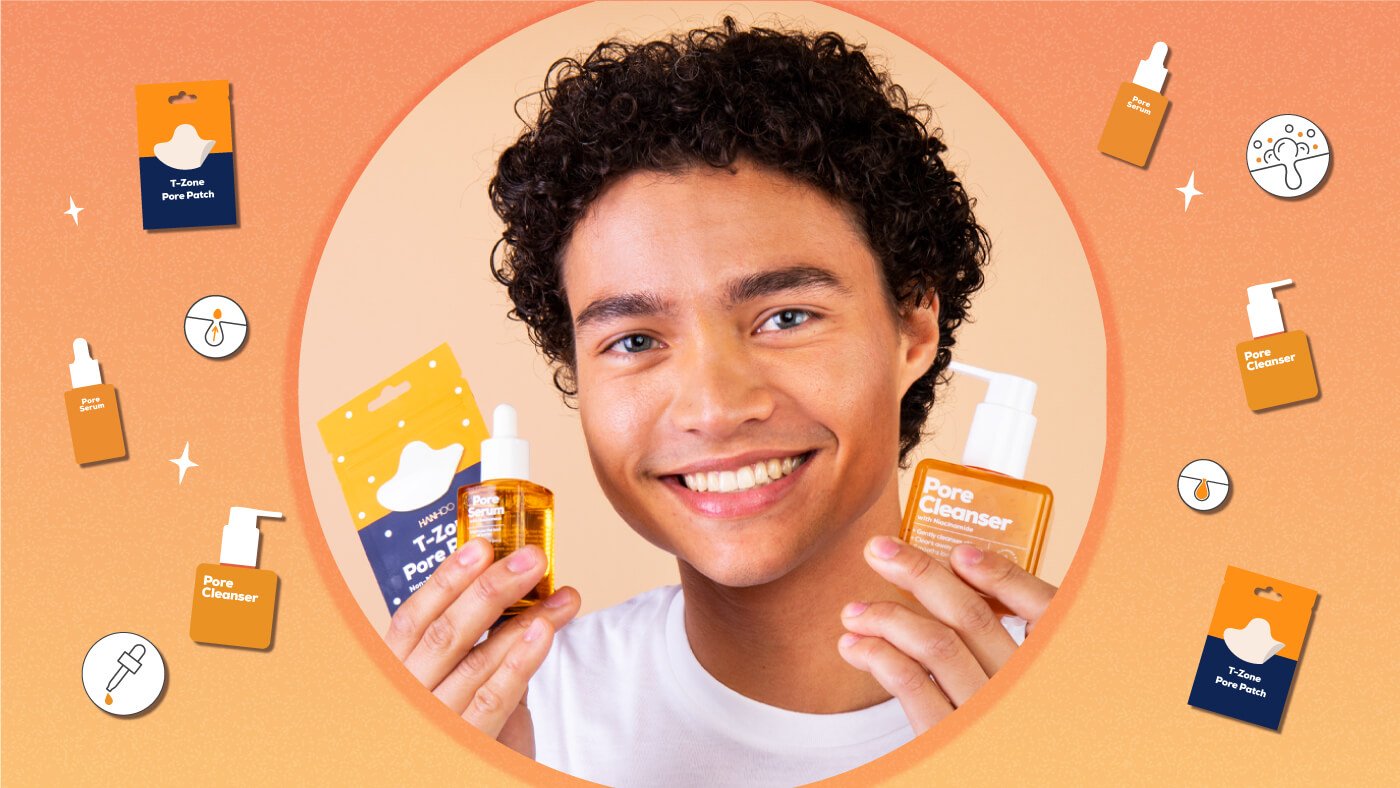With the ever-changing trends on skincare routines, whether it's the 10+ step K-Beauty routine or a skinimalist routine, figuring out how to layer your products can become tricky. Like does a serum go before or after a toner? And for that matter where do essences fit (and what exactly is an essence?)
A routine can become even trickier if you follow a skin cycling routine. Some days you’ll use an exfoliant and other days you won’t. And some days you won’t use either product.
Ultimately as long (or short) as your skincare routine is, a good rule of thumb to follow is to layer according to the thickness of the product formula. Typically, the lighter formulas will go before your heavier stuff.
For example, a toner, which is typically lightweight like water, will go on your skin before you apply a serum. And similarly, although a serum is thicker than a toner, it's usually not as thick as your moisturizer, so the serum goes on before the moisturizer.
As for all the in-betweens, like exfoliants and retinoids, check out our handy guide for how to best layer your skincare products:
How to best layer your skincare products:
Cleanser
This step is pretty intuitive. Since you’ll want to start with a clean slate before applying all your leave-on products, you first have to apply your cleanser. This step will help remove any dirt, sweat, oils, and makeup to prep the skin for the rest of your routine.
Toner
Since toners are a lighter consistency you can follow up your cleanser with your usual toner. Plus, many toners usually serve the purpose of getting rid of any lingering makeup and oils left behind by your cleanser, further helping to prep the skin for your serums, treatments, and moisturizer.
But, if your routine doesn’t include a toner, you can always skip ahead to your serums, following your cleanser.
P.S. If you use liquid exfoliants, those will go in this step of your routine since they are typically lighter texture than the next step in your routine (serums).
Serums
At this step in your routine you can apply your serums. Whether you have just one or three serums you can apply them at this point, but it is also important to make sure the ingredients of the individual serums you use won’t clash.
For example if one of your serums is a Retinol you likely shouldn’t mix it with any serums containing exfoliating acids like Salicylic Acid. So, skin cycling can be your best friend in this case. If you use both a Salicylic Acid serum and Retinol serum in your routine, try using your Salicylic Acid serum on one night and your Retinol the next.
If you use a couple different serums in your routine just be sure that your skin can tolerate the formulas and that you aren’t mixing ingredients that can cause irritation.
Moisturizer
Although the consistency of your moisturizer depends on your skin type, it’ll still likely be the product with the heaviest consistency in your arsenal. And for this reason, it's one of the final steps in your routine.
If you have dry skin, a thicker moisturizer may be best to help seal in moisture. But, for oily and combo skin types, a lighter, water-based moisturizer is best to help hydrate the skin without leaving the skin feeling weighed down or greasy.
Sunscreen
Last but not least is your sunscreen. While you’ll only use this during your AM routine, your SPF is a super vital part of your routine so it's best to use it daily, rain or shine. And it’ll be the last step of your morning routine.
What about other products like spot treatments?
While not everyone will use a spot treatment, whether for acne or dark spots, the type of spot treatment you use will determine where it fits in your routine.
For example, for traditional spot treatments, like a pimple cream, they’ll go right after your serums and you can just dab it directly on the targeted area.
But, if you are a fan of Hanhoo’s blemish patches, these will go right after your toner since they work best on clean skin.




